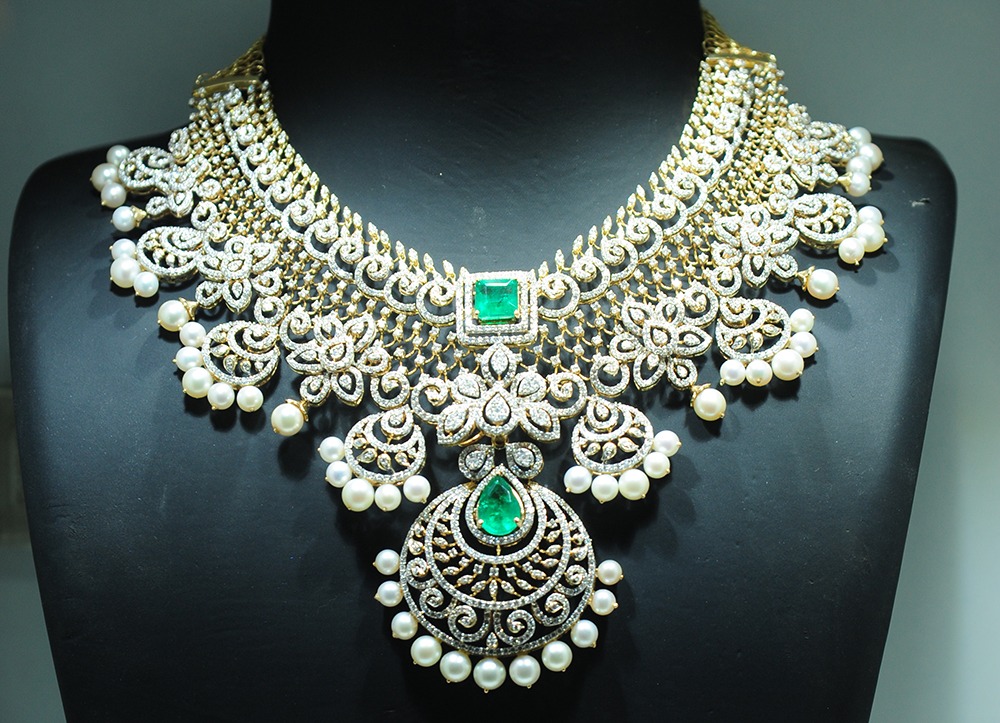The slowing economy in the Indian diamond industry has provoked the world’s largest diamond mining company De Beers, to lower its production forecast for 2019. This will impact the company negatively with the fall of mining output by 14% in the second quarter.
De Beers’ mining output fell 14% to 7.7 million carats in the second quarter as the company continues to produce to market demand. Sales volume slumped 10% to nine million carats in the three months ending June 30 due to oversupply. Demand for rough diamonds continues to remain subdued as a result of challenges in the midstream with higher polished inventories, and caution due to macroeconomic uncertainty, including US-China trade tensions, the company explained.
Due to this, there has been a severe negative impact on the diamond industry in India. One such example portrays that Surat-based small and medium enterprises are cutting jobs of their employees. There has been a significant increase in the level of unemployment in the Surat diamond market. The diamond market has envisaged liquidity crunch, mass job cuts and decrease in demand for diamonds all around the world. Also, the gems and jewellery industry is suffering a critical situation.
The government recently announced its budget for the FY 2019-20 in which it announced import duty hike on gold from 10% to 12.5%. This is going to impact India’s gold industry negatively. It will impede efforts to make gold as an asset class particularly when gold prices are already rising globally.
The first three months of the current fiscal 2019-20 saw a 10.32 per cent year-on-year decline in exports to $9.18 billion. June saw a steeper fall of 16.26 per cent to $2.826 billion. In 2018-19, India had exported gems and jewellery worth $30.96 billion. In June, sentiment in the diamond market was weak owing to sluggish demand and tightening of manufacturing profits.
Somasundaram PR, Managing Director, World Gold CouncilIndia, said overall gold demand in India, in the first half of 2019 was 372.2 tonnes which were 9% higher than first half of 2018, despite a slowing economic environment and restrictions on the movement of cash during the election season and Akshaya Tritiya purchases along with favourable prices were two major factors driving up demand in first half of 2019. We do not expect the hike in customs duty to have a long term impact on gold in India, although it will have a dampening impact on demand in Q3. We continue to estimate India’s full-year gold demand to be in the range of 750 to 850 tonnes in 2019.
“The situation is unlikely to improve in the coming months and our estimate is that gems and jewellery exports from India will decline 10-15 per cent in the current fiscal. High import duty on gold and diamonds would further affect organised trade. Smuggling of gold will increase,” Shah said.
In the budget for 2019-20, the government announced an increase in import duty on gold to 12.5 per cent from 10 per cent. With GST of 3 per cent, the total tax on gold is 15.5 per cent.

